1. The Roman Festival of Saturnalia and Modern Christmas
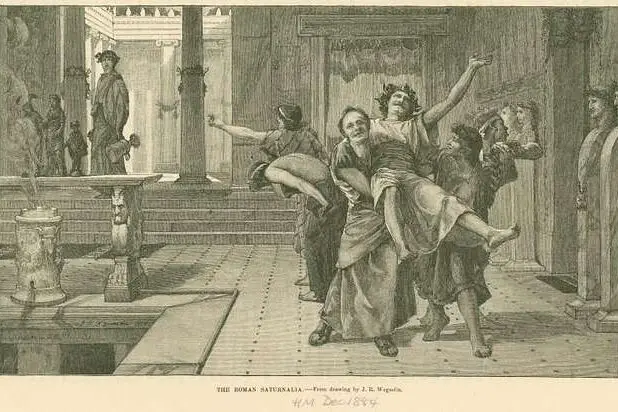
Saturnalia was a week-long celebration in ancient Rome that took place in mid-December. It was a time of feasting, giving gifts, and indulging in merrymaking. The holiday honored Saturn, the god of agriculture, and provided a break from the typical social norms, with slaves and masters switching places for a time. The festive spirit was contagious, with lavish dinners, role reversals, and plenty of revelry in the streets.
Many of the traditions that are now associated with Christmas can trace their roots to Saturnalia. Gift-giving, the lavish meals, and the general air of holiday merrymaking all echo the themes of this ancient Roman festival. While Saturnalia was rooted in ancient Roman religion, its customs blended into the winter holidays, influencing the joyful atmosphere we still experience today.
2. The Celtic Festival of Imbolc and Groundhog Day
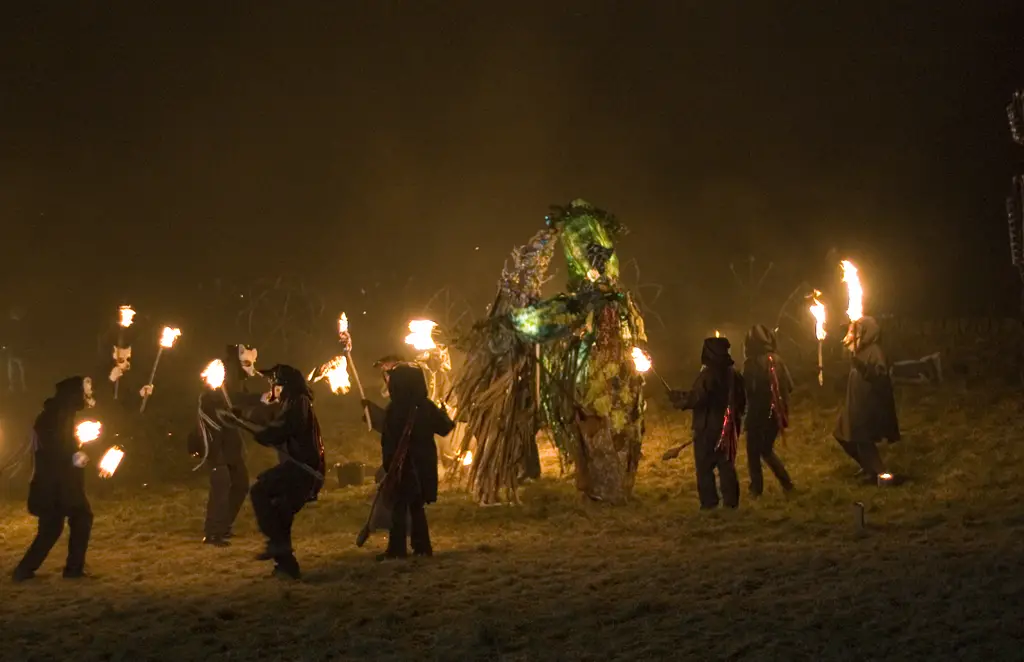
Imbolc, celebrated by the Celts around February 1st, marked the halfway point between the winter solstice and the spring equinox. It was a time to honor Brigid, the goddess of fertility, healing, and poetry. Imbolc was a festival of purification and light, with people lighting candles to chase away the dark winter days and celebrate the coming of spring.
The themes of Imbolc, particularly the emphasis on light and the anticipation of warmer days, closely align with the modern celebration of Groundhog Day. The tradition of watching for the first signs of spring, as the groundhog emerges from its burrow, mirrors the ancient practice of looking for signs of the season’s change. Imbolc’s rituals centered around renewal and hope for the future, concepts that are still reflected in Groundhog Day today.
3. The Greek Anthesteria Festival and Modern Halloween
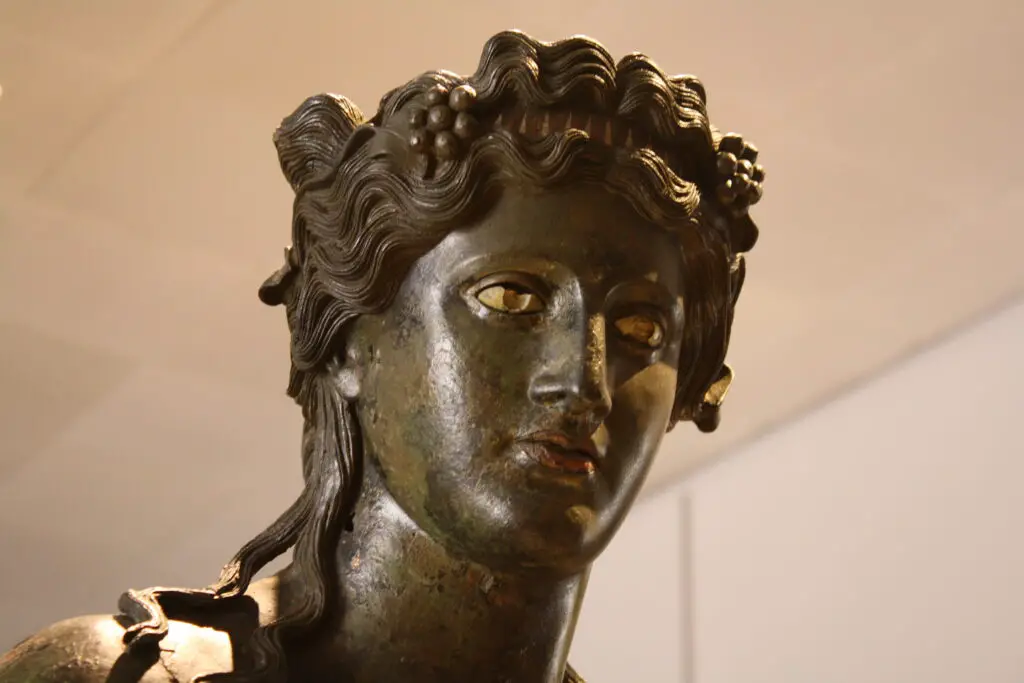
The Anthesteria was a three-day festival in ancient Greece held in honor of Dionysus, the god of wine, fertility, and revelry. During the festival, the Greeks would celebrate the opening of wine jars, offer sacrifices, and honor the spirits of the dead. The third day of the festival was particularly focused on honoring departed souls, with offerings made to spirits and the dead being invited to return to the living world.
Modern Halloween shares many similarities with the Anthesteria, particularly its focus on the dead and spirits. While Halloween has evolved into a day of costumes and trick-or-treating, its roots lie in ancient customs that blurred the line between the living and the dead, just like the Greek festival. The eerie vibe, combined with feasting and honoring the deceased, has ancient origins that still echo today.
4. The Roman Festival of Lupercalia and Valentine’s Day
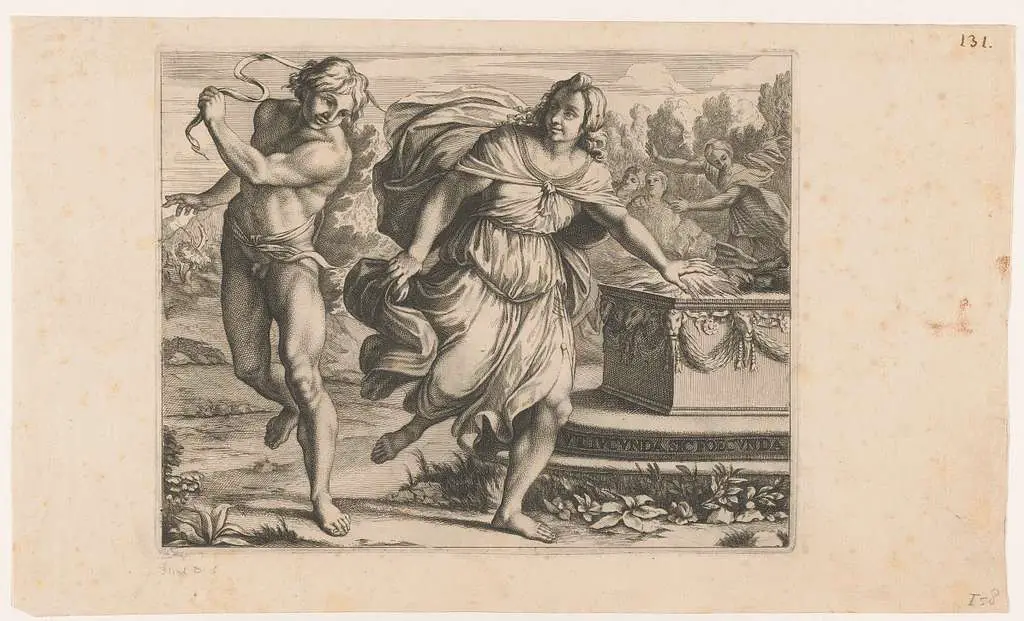
Lupercalia, an ancient Roman festival celebrated on February 15th, was a celebration of fertility, love, and the arrival of spring. During the festival, priests would sacrifice goats and use their hides to strike people, believing it would promote fertility. The festival also featured a lottery where young men would draw the names of women to pair with for the event, often leading to romantic liaisons.
Valentine’s Day, as it is celebrated today, shares a connection to Lupercalia in its emphasis on love and romance. While modern traditions focus on sweethearts exchanging cards and gifts, the roots of the holiday can be traced back to this ancient festival’s association with matchmaking and fertility. Both holidays are a celebration of love in its various forms, making Lupercalia a clear precursor to the modern Valentine’s Day.
5. The Egyptian Feast of Opet and Modern Thanksgiving
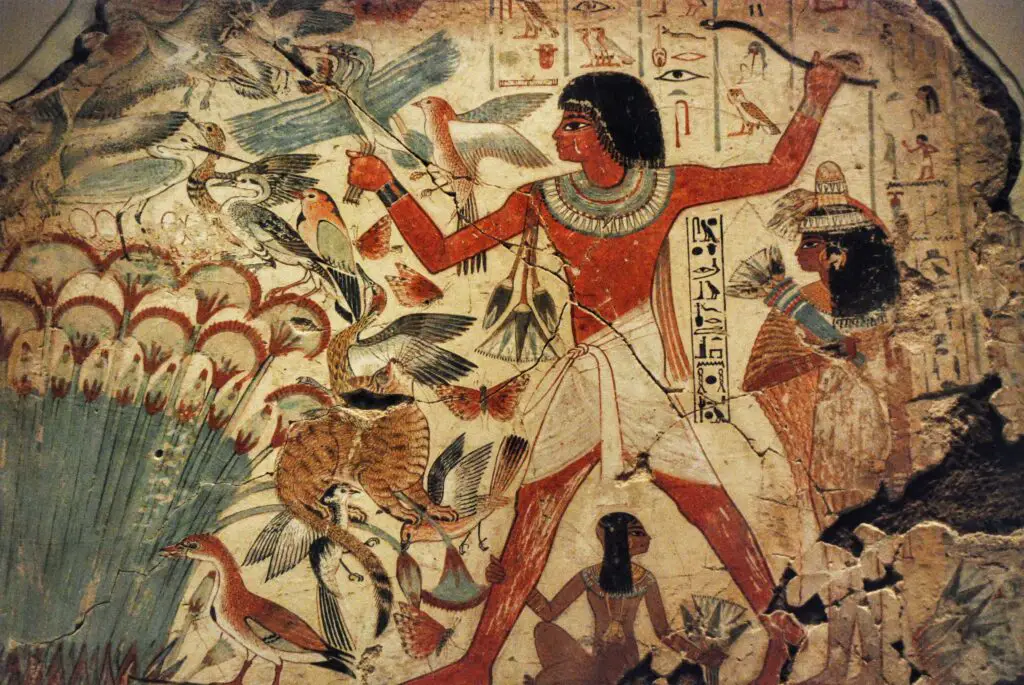
The Feast of Opet was an ancient Egyptian festival dedicated to the god Amun. It was a time of celebration and unity, where the gods were believed to join with the people in a display of divine favor. The festival included feasts, music, and processions, with families gathering to offer thanks and seek blessings for the coming year.
Much like the Feast of Opet, modern Thanksgiving is a time for families to come together, celebrate, and give thanks for the blessings they have received. The idea of communal feasting and honoring the divine for a bountiful harvest links the ancient Egyptian festival with today’s Thanksgiving traditions. Both holidays foster a spirit of gratitude and community, making the connection between the two more than just coincidental.
6. The Norse Yule Festival and Modern Winter Holidays
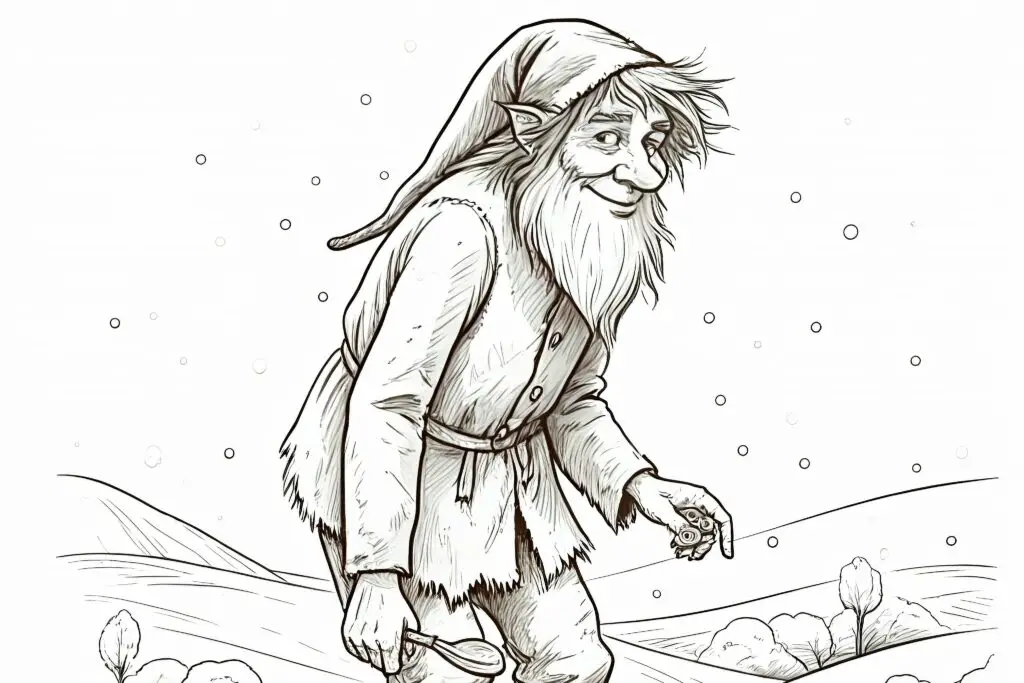
The Norse Yule festival, celebrated around the winter solstice, was a time for feasting, merrymaking, and honoring the return of the sun. The festival marked the rebirth of the sun god and was filled with customs such as decorating trees, lighting candles, and exchanging gifts. Yule also had strong ties to the ancient belief in the spirits of the dead and the magic of the winter season.
Many of the traditions associated with modern winter holidays can be traced back to Yule, including the use of evergreen trees, the lighting of candles, and the idea of celebrating during the darkest days of winter. The emphasis on light overcoming darkness and the exchange of gifts are practices that live on today in Christmas and other seasonal holidays. Yule’s celebration of the natural world’s cycles and the return of warmth continues to influence how we mark the end of the year.
